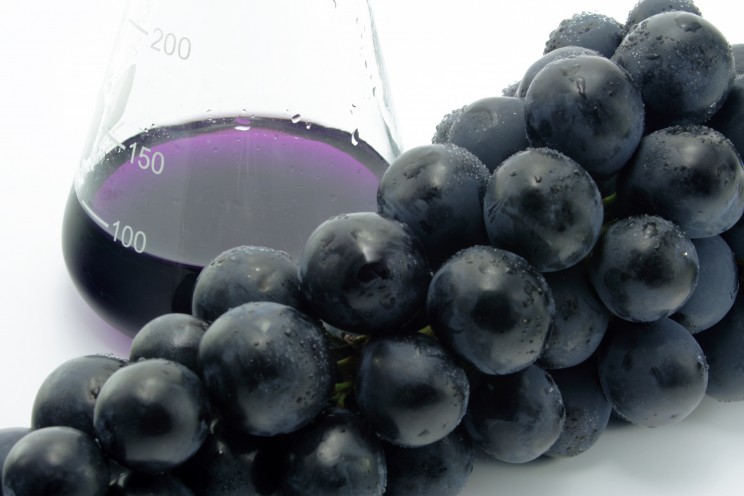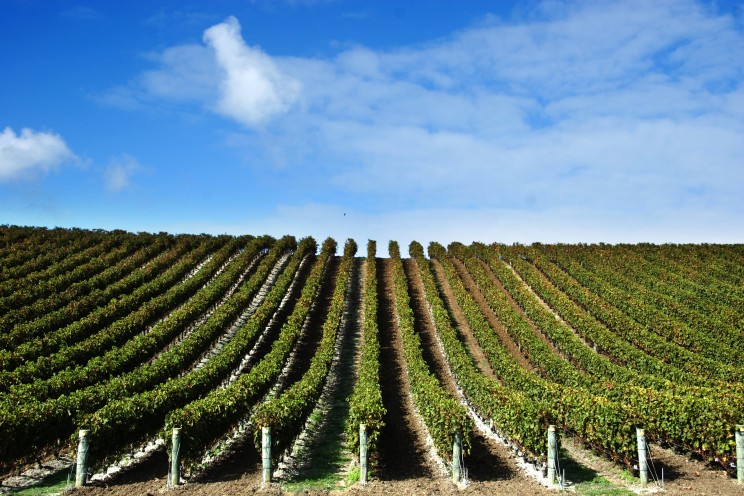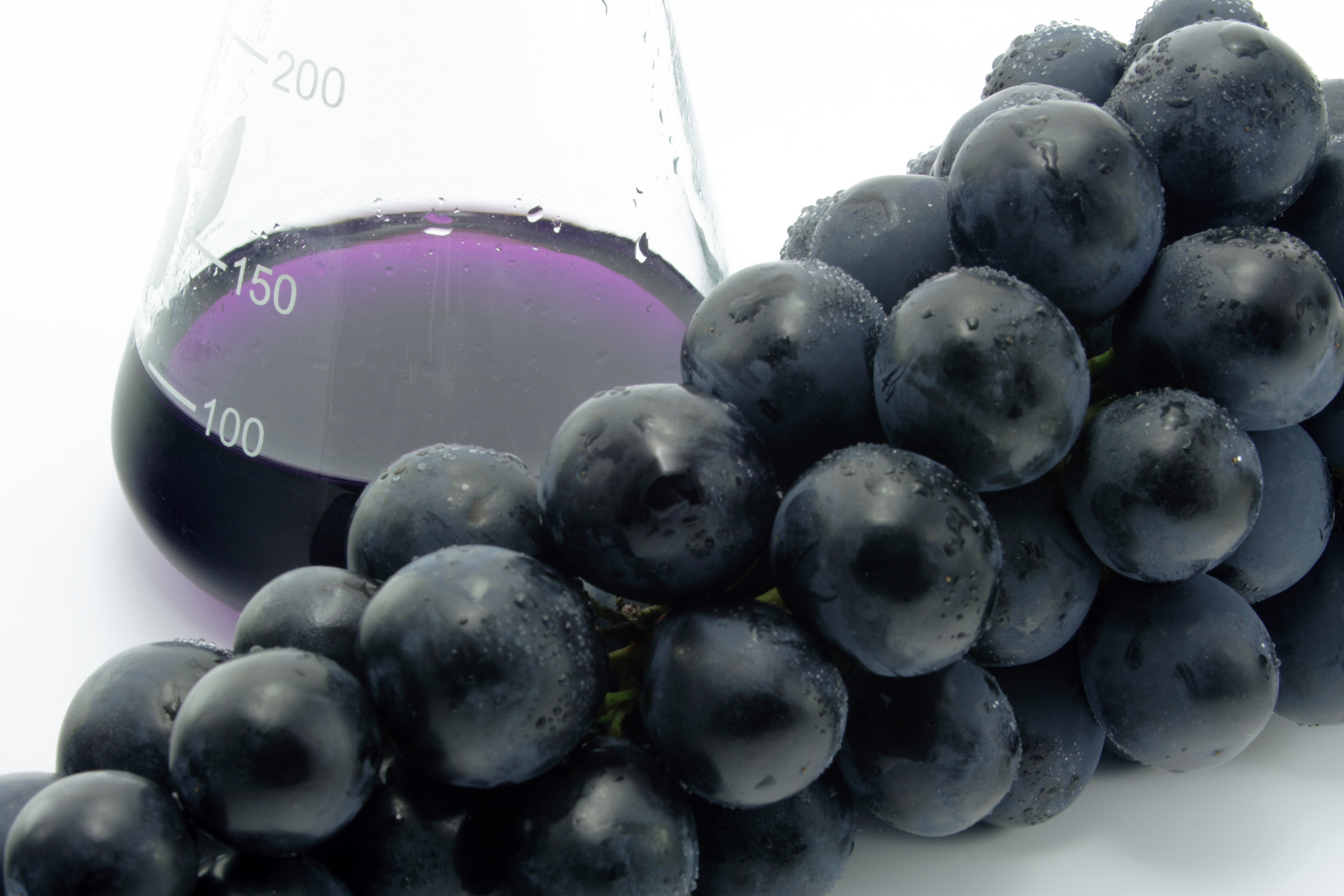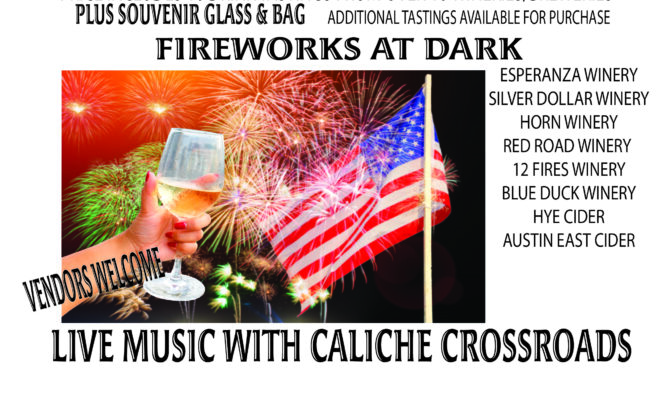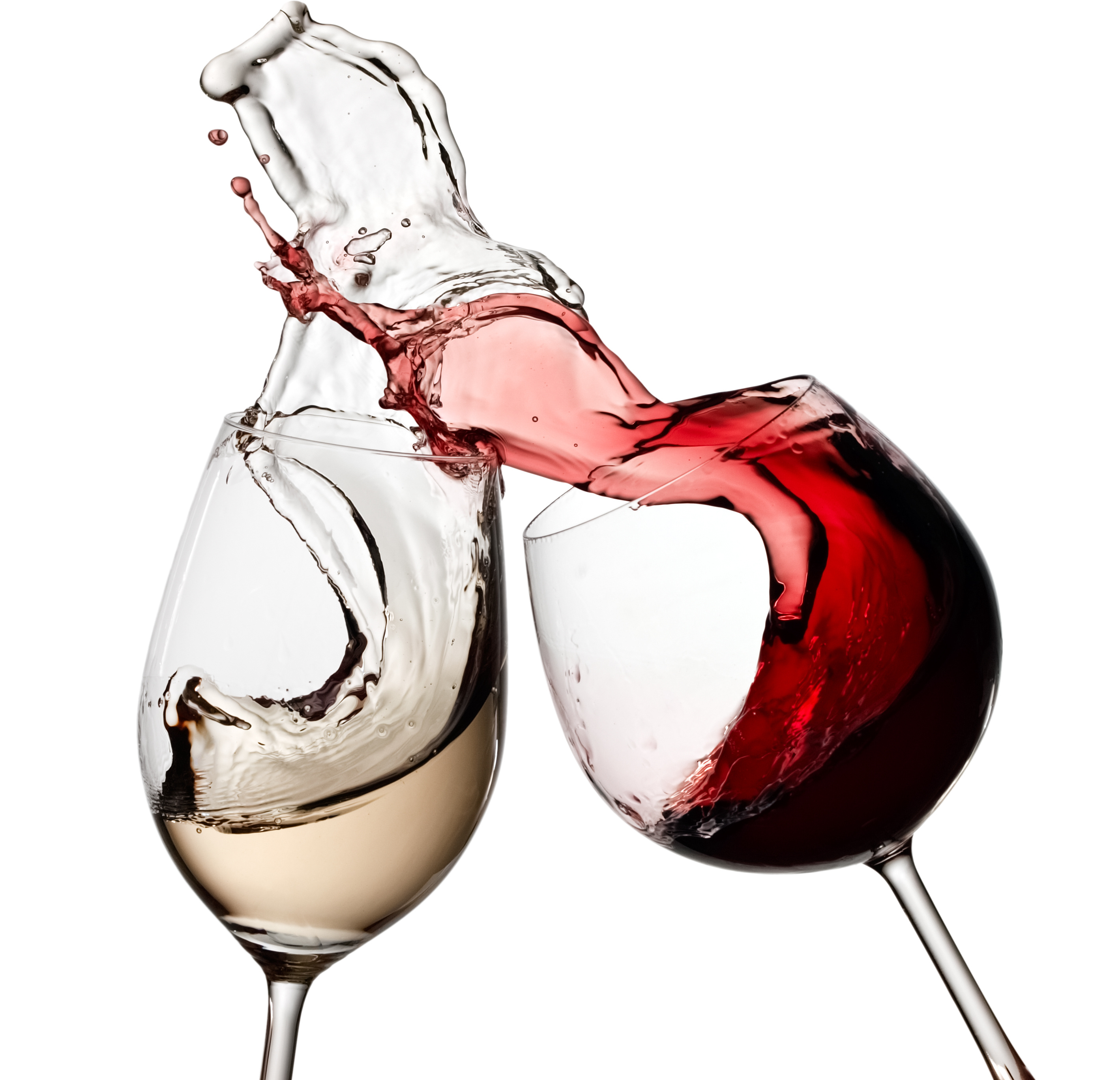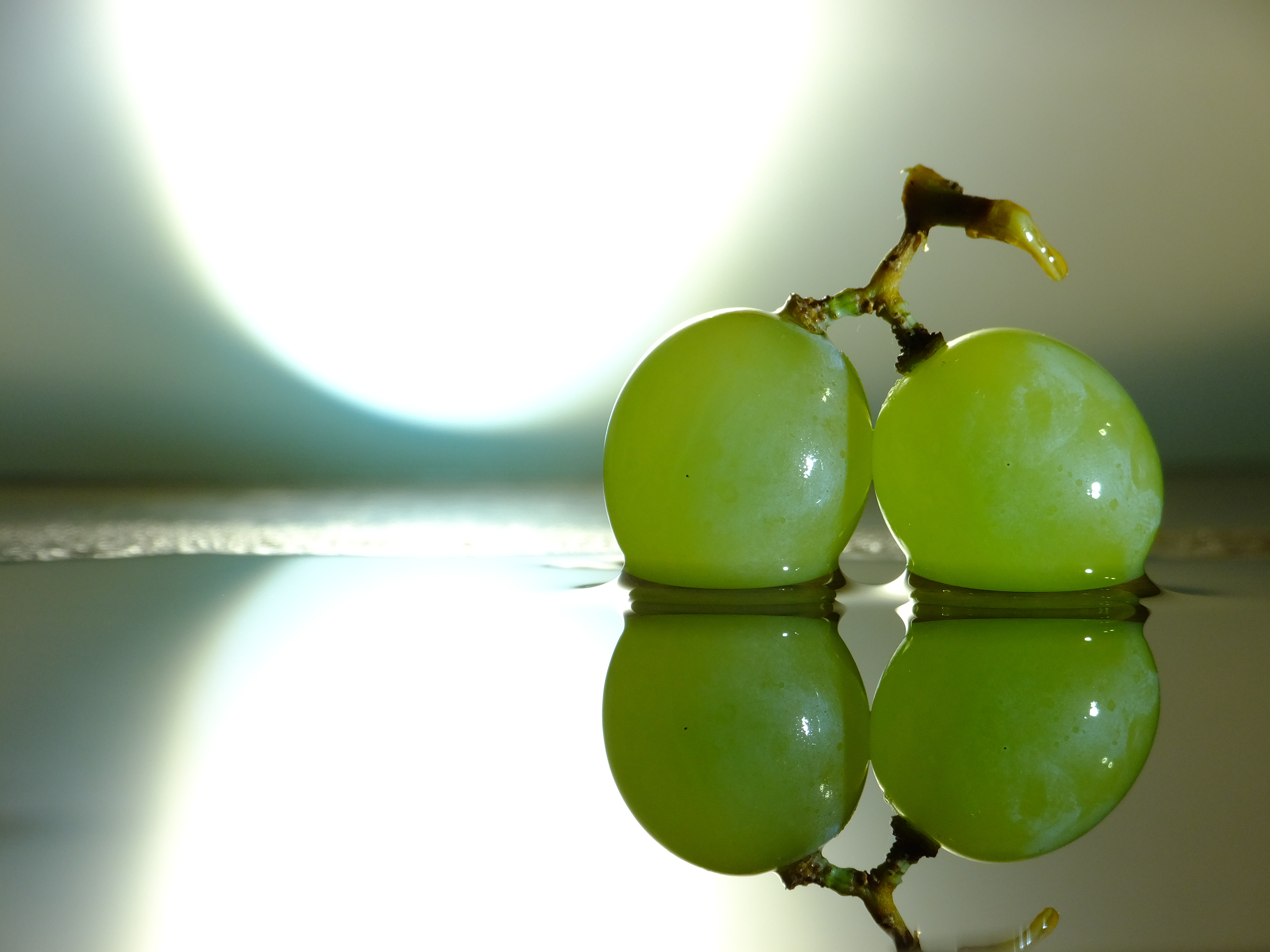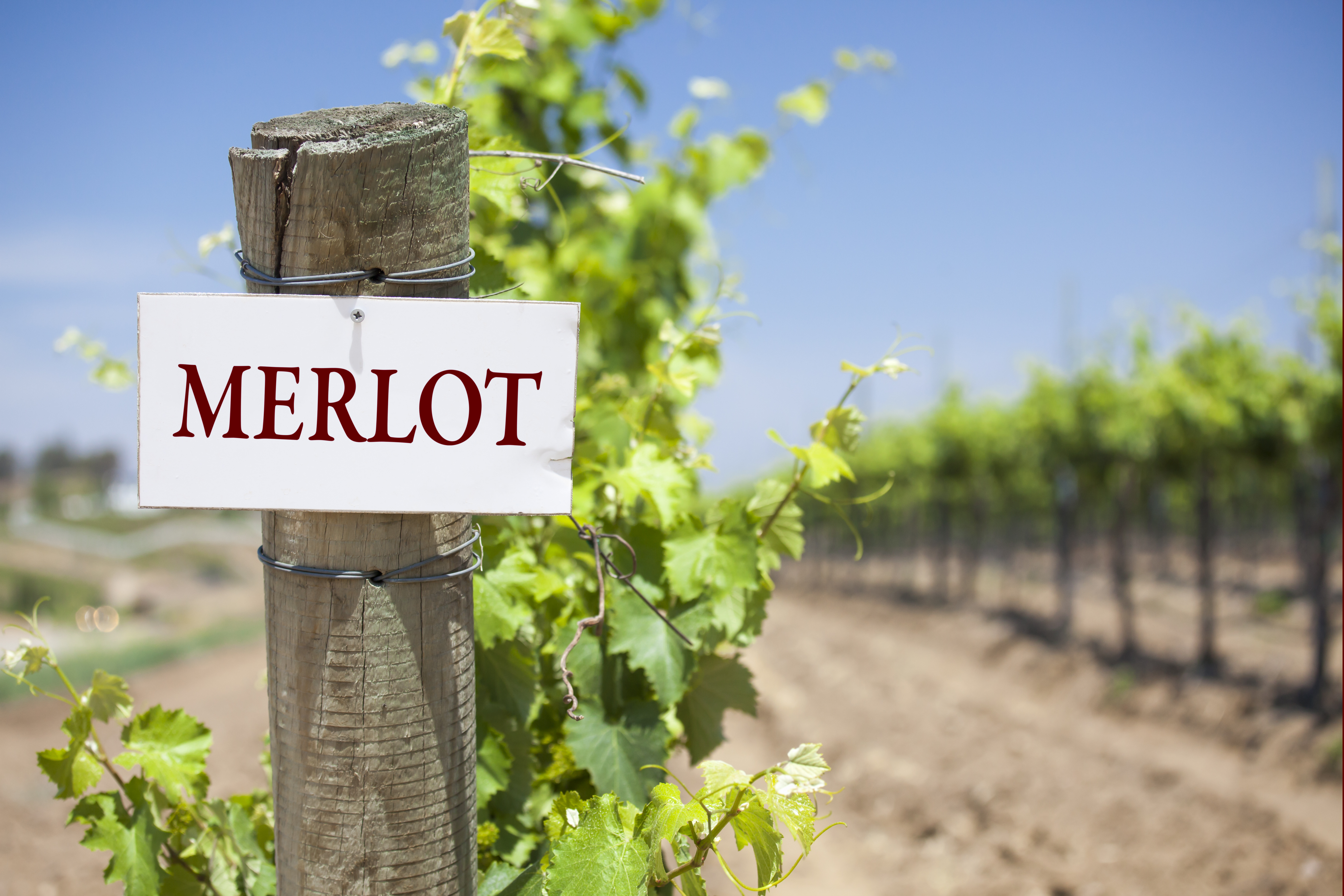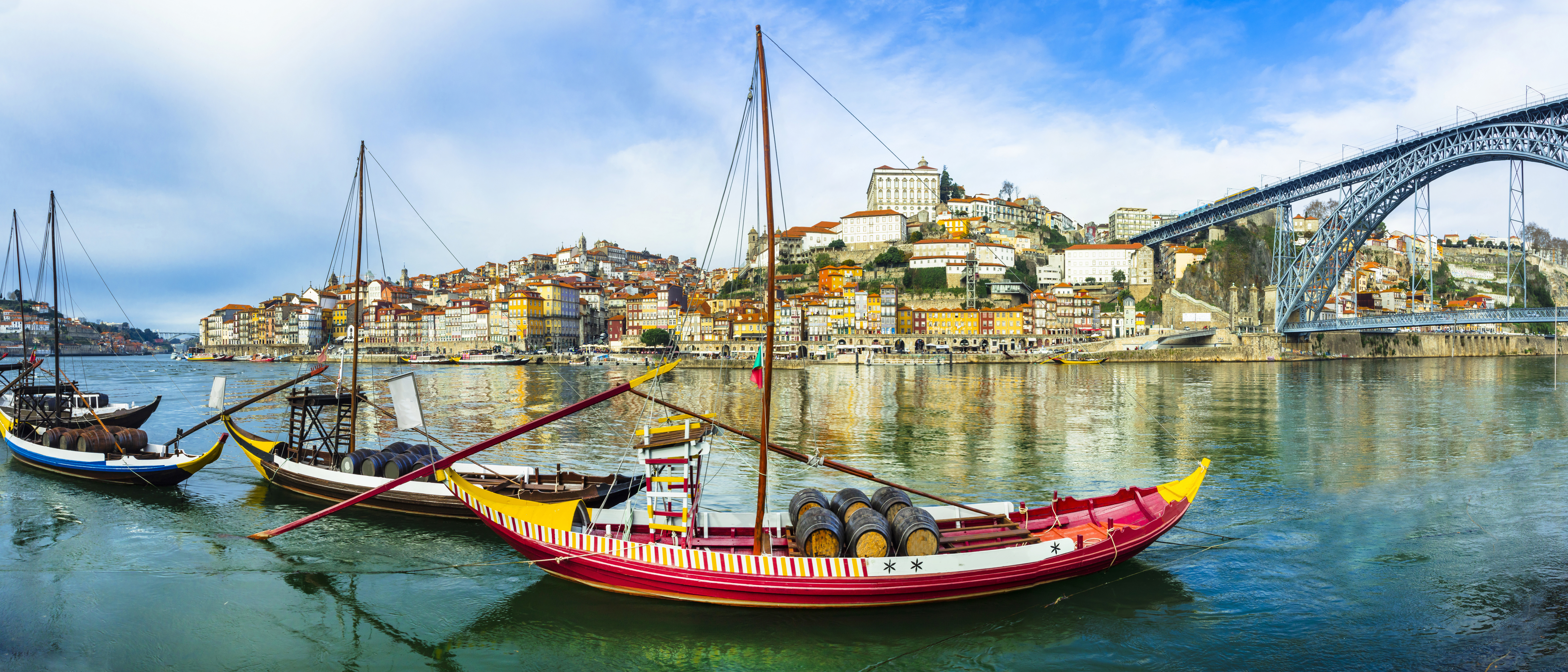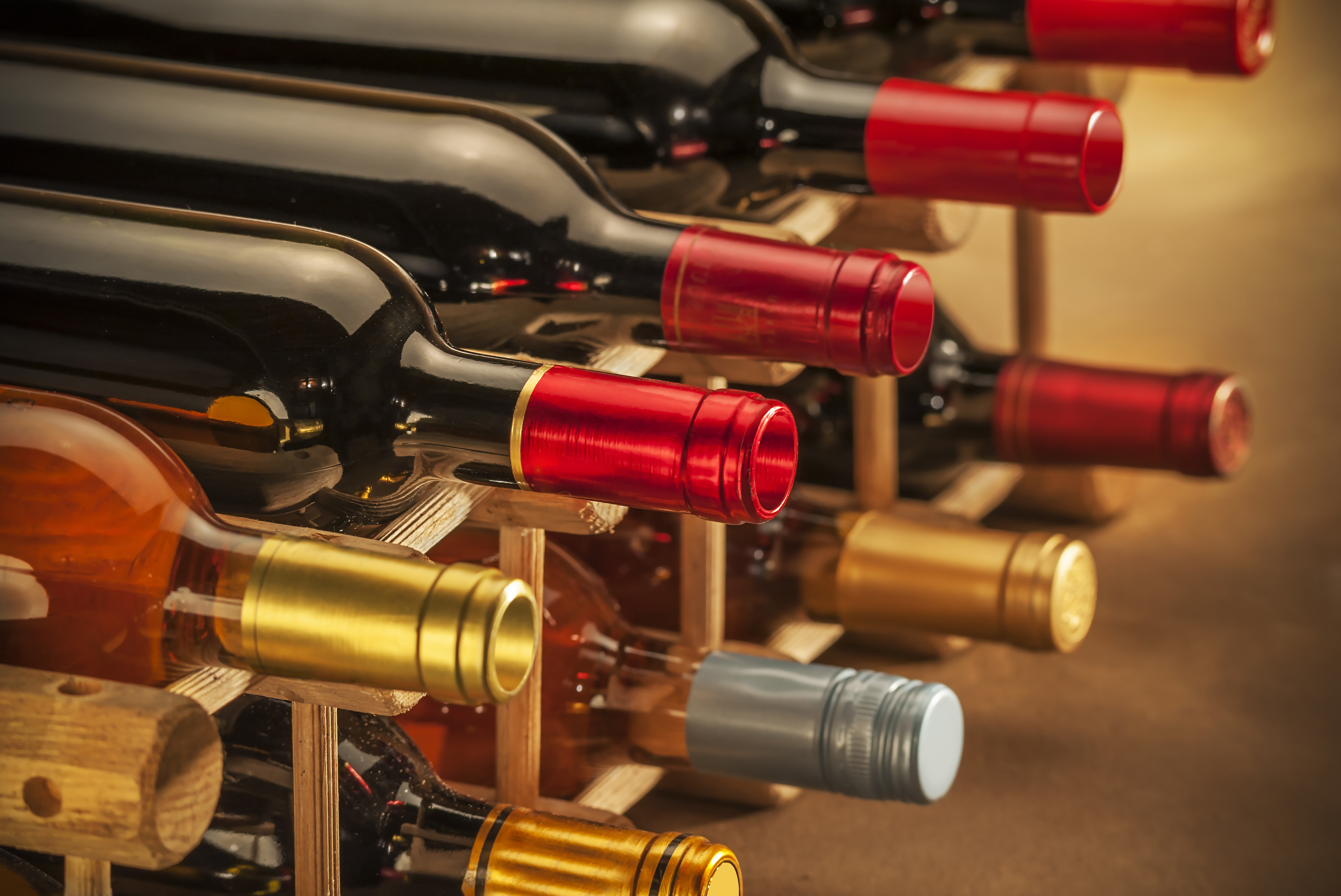Silver Dollar Winery’s Wine Education Series Part 7: Worthy Wines
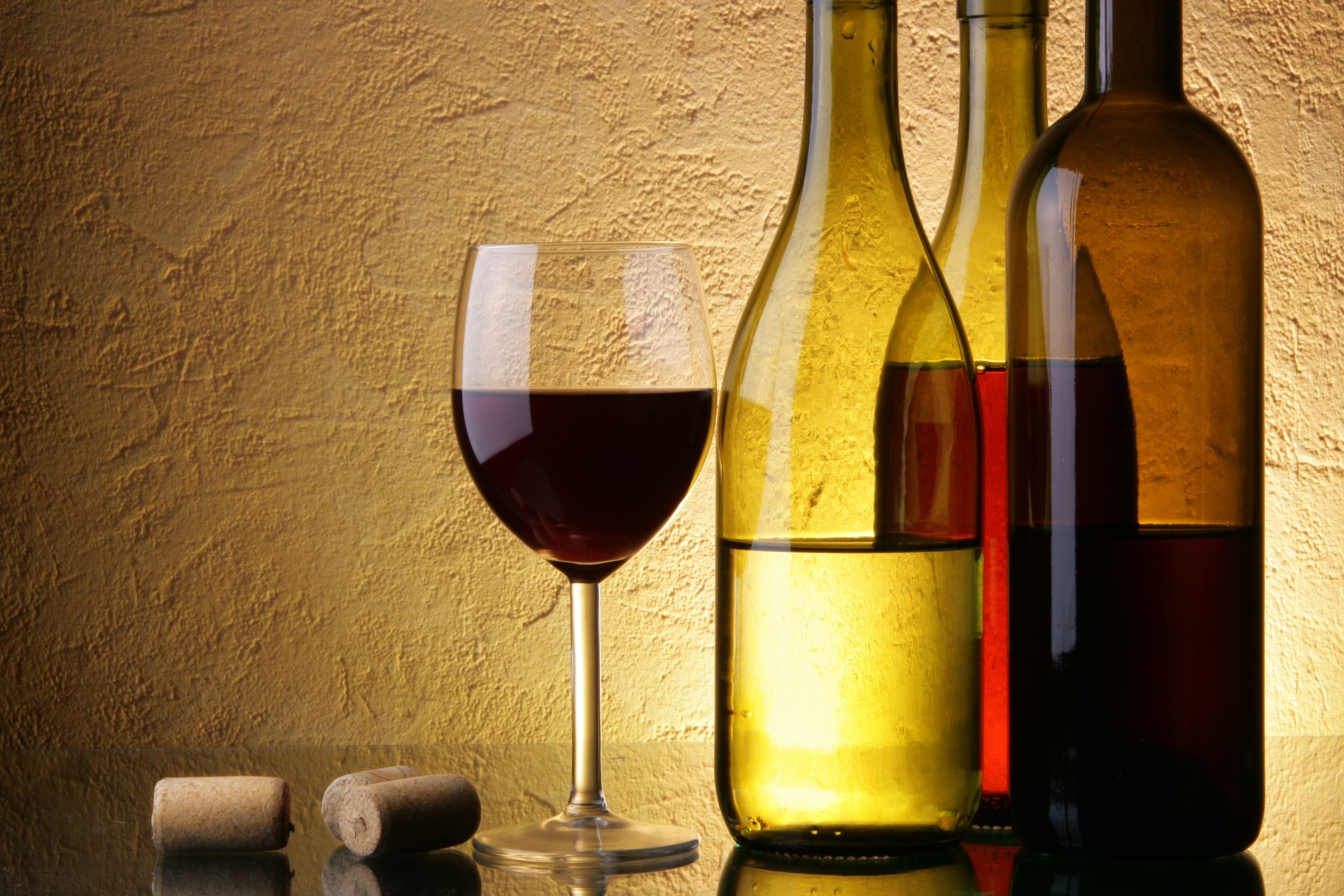
There you are, perusing the aisles of your local store for a bottle of wine to serve with dinner, when it happens: Sticker shock! You’re perfectly comfortable in the mid-range, or maybe you’re shopping on a budget and are looking for a good wine at a bargain price. Either way, you’ve stumbled across a rather expensive bottle, possibly labeled as an award-winner, and you’re wondering why some wine costs so much. After all, isn’t taste a somewhat arbitrary thing? Who’s to say your less expensive bottle isn’t just as good?
While it’s true that individual taste can vary and that ‘very expensive’ doesn’t always translate into ‘so much better’, it is useful to know exactly how much effort goes into producing wine before you make a decision about what to serve with your special dish. So, let’s start, shall we say, from the ground up.
Grapes like sunny, warm, mild-wintered climates. So do many people. This means you’ll likely be paying a premium for real estate; think Napa Valley, Italy, Spain. And you will need a substantial amount of land if you’re going to grow a vineyard large enough to make a living in the wine business. Once you’ve acquired land, there is the question of soil preparation, which can include adding nitrogen or other fertilizers, pest and disease control, and of course the farming equipment required for tilling the soil and keeping the cover crop (another investment) between the vines mown. The vines themselves generally wholesale between three and fifteen dollars per vine, depending on the quantity ordered and their age.
After you’ve waited three years (yes, three!) for your first truly full crop of grapes, there is the cost of harvesting and processing the grapes – a labor-intensive endeavor – before they can be stored as juice. They can then be either sold to wine-makers or fermented, filtered, and aged into wine to be sold as a finished product.
The average small vineyard will yield between three and five tons of fruit per acre, which sounds like a substantial amount until you consider that it takes approximately one ton of fruit to yield 155-165 gallons of juice or wine, which translates to around sixty-five cases. But wait, there’s more. If you’ve chosen to produce juice, you’ll need a climate-controlled building and appropriate containers in which to store the product while you market to buyers. If you’re taking the next step into actual wine production, which does offer financial incentives, then additional investments will be necessary.
Processing equipment such as filters, storage tanks, aging barrels, and alcohol content measuring equipment and chemicals will be necessary. There is also time for aging that should be built into the grape-to-bottle time-line, which impacts your income stream. If you wholesale to producers, you can sell your wine in macro-bins or barrels, while actually bottling and labeling your own wine will require – you guessed it – an additional investment in equipment. Plan on bottles, a filling tank, a corker, a labeling machine, label design services, boxes, pallets, and a forklift. The bottling process is also labor-intensive unless you can afford a large automated system, so you’ll be investing in either labor or machinery. And don’t forget the proper licenses from your state and local government. You can’t sell a single bottle without permits for each wine and label.
The good news is that your vines, barring disease or natural disaster, will keep producing for approximately 20-40 years, so you can replant on a recurring basis to ensure you always have some producing vines. Keeping these facts in mind, does that bottle of wine still seem terribly expensive?
– Jennifer VanDerStok for Silver Dollar Winery
